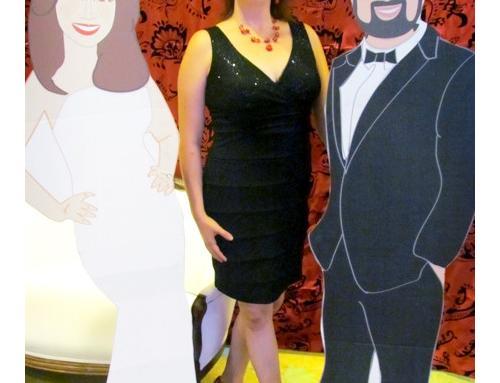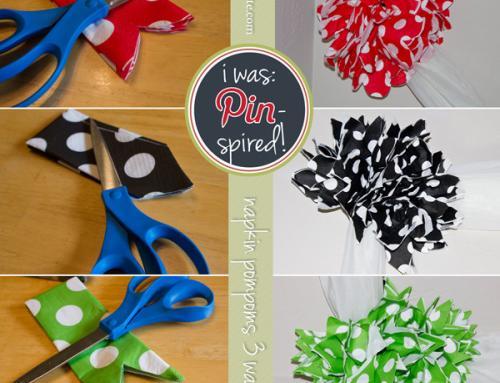“What’s the Aperture on that lens you have there?” a smarty pants guest at a party I was photographing asked me. I was so new that I was unsure of how to answer. I knew the f/stops it could achieve. I knew the mm distance it could focus best. What gives, Lady?! Anyhow, I went home embarrassed after losing credibility in this woman’s eyes determined to learn. Here’s the definition I found:
Aperture: A small, circular opening inside the lens that can change in diameter to control the amount of light reaching the camera’s sensor as a picture is taken. Source
In other words, its the number commonly called the F Stop. It is the measurement of how wide the “eye” of the lens is open to allow light to reach the sensor (or film). I still didn’t get it. So, I looked at my manual (the most important resource any photographer can reference), and I figured out how to put my camera into Aperture Priority Mode. (Av mode for Canon shooters). Then I went and took a bunch of photos, looked at them on my computer, and the evidence spoke for itself. Here are the photos I took in a similar session I did today just for you!
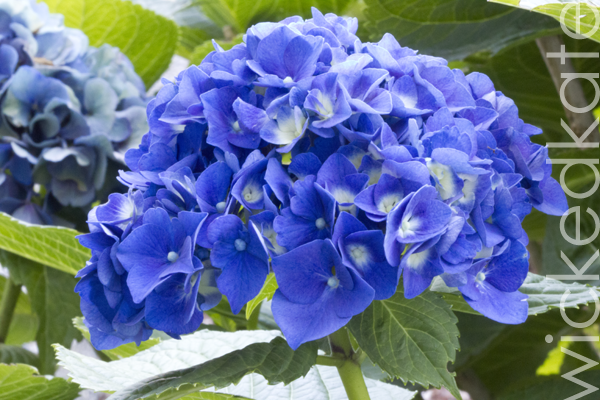
f/32, .5 sec, ISO 3200, 100mm
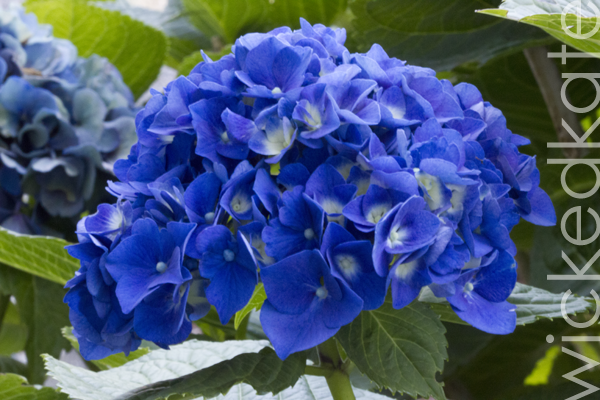
f/29 1/5 sec ISO 3200 100mm
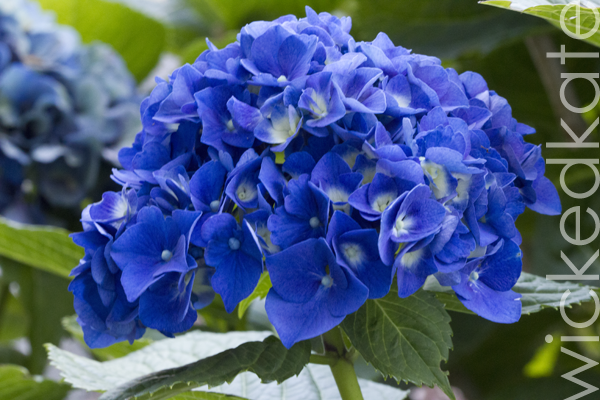
f/14 1/20sec ISO 3200 100mm
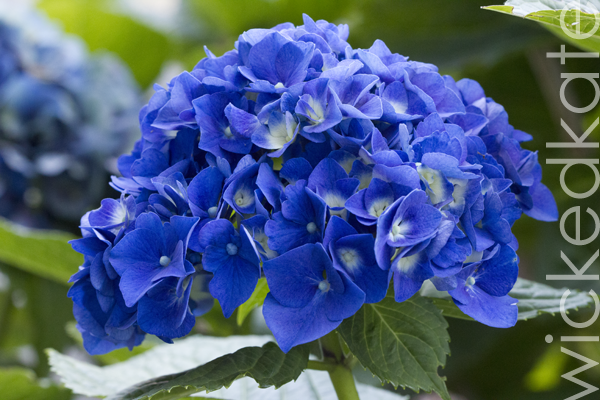
f/9 1/40 sec ISO 3200 100mm
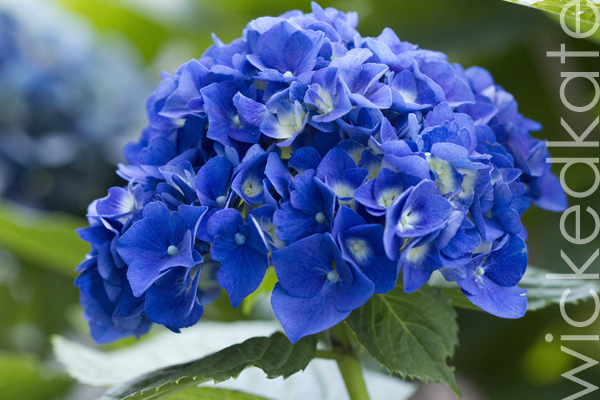
f/5 1/125 sec ISO 3200 100mm
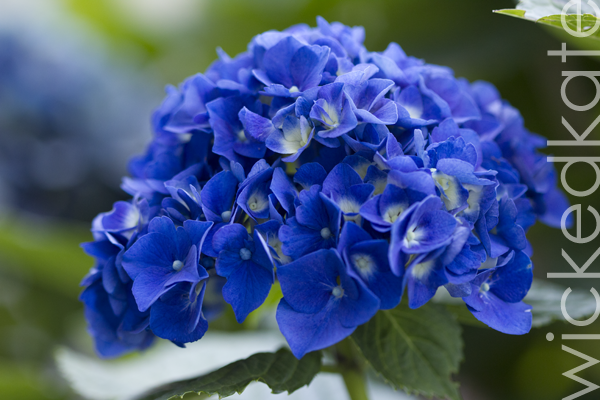
f/2.8 1/125 ISO 800 100mm
So here is what I discovered. The smaller the number, the more blurry the background and the tighter the focus. The larger the number the more in focus the back ground and the larger the point of focus. It depends on what you’re taking photos of which is most appropriate. In this case, where I was shooting my hydrangeas in my front yard on a tripod with a remote shutter, I knew that the photos were going to be in a controlled environment. I even used a macro lens (great for small details like photos of flowers – which I love to take), so I knew that this would show a discrepancy. Look in each of the photos. The ones on the top have the highest aperture so you can see the whole hydrangea head in focus, and even the one in the background is not too blurry. On the one on the bottom, with the smallest aperture, you see that even the edges of the hydrangea head in the front are blurred, and the flower in the background is really fuzzy. It depends what you’re looking for which is best. For me, the bottom two speak to me. I love hydrangeas. These flowers, in THIS COLOR, were in my wedding in honor of my grandmother whom had passed when I was in second grade whom loved them. So I like that the edges are dreamy or buttery, but the center idea is in full focus. It’s like a little flower memory. :).
Isolation is a great way to learn any of the terms in photography. You will see other examples in coming weeks of other principles in this manner of illustration. Take your camera out, throw it into the isolation modes, and see for yourself what you can do when you isolate one determining factor!
Do you have an even easier way to explain aperture? Do you have a great photo example? Send it my way, and I will include it in an update! OR you can shoot it into the comment section! I’m always open to learning!!

